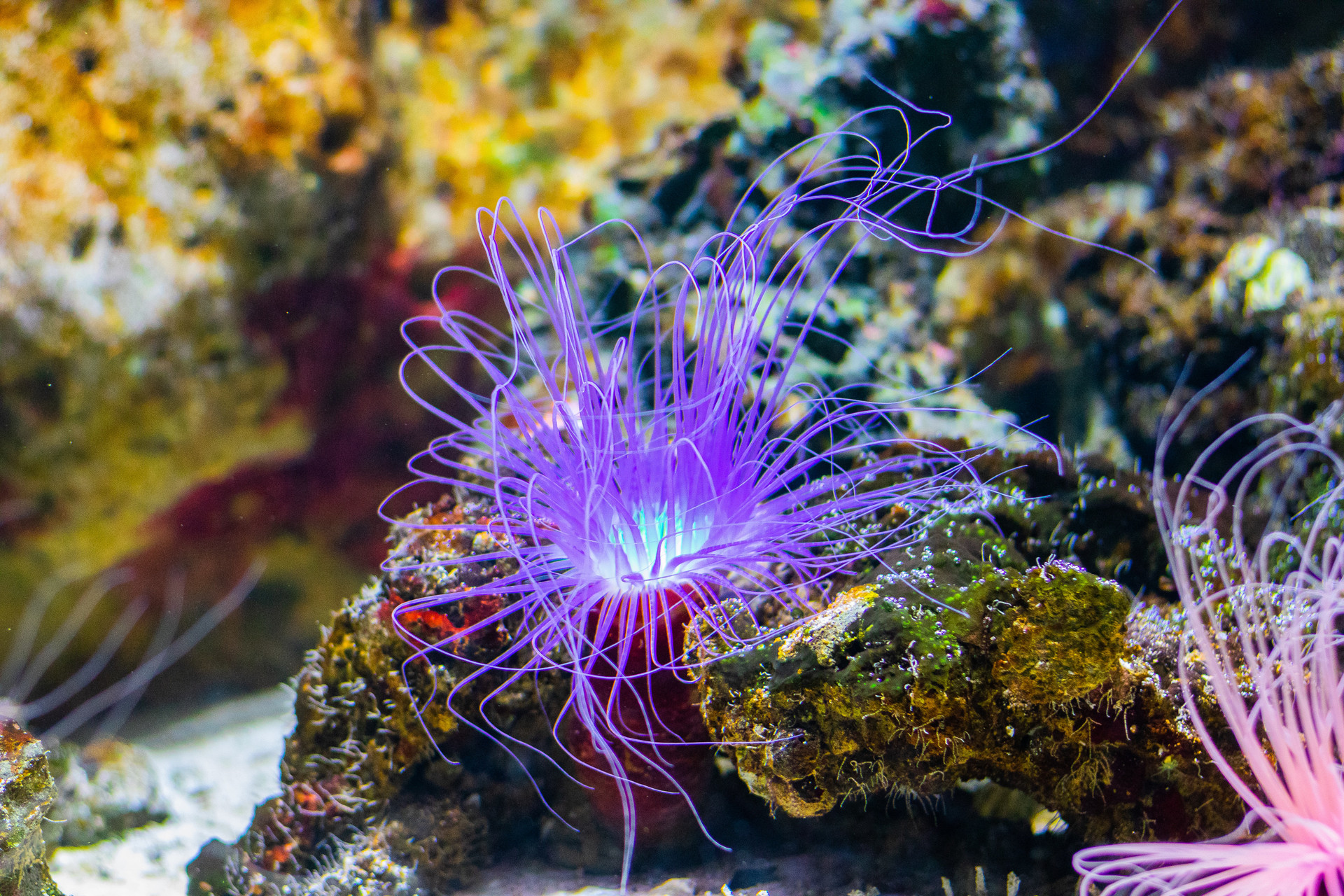Moving Marine Aquariums Part 2

Step 3: Getting the Goods to Your New House
This is a relatively common-sense task. Use enough people to safely move the tank with the sand and base live rock in place. Place the aquarium securely in your vehicle with longest dimension perpendicular to the length of the vehicle. Next, place the livestock buckets and remaining equipment so that nothing can tip over or slide around. Now, drive to the new house with extreme care.
Step 4: Setting Up the New System
This is one the easiest sections to write for this article, yet this will be the most difficult and time-consuming part of the process.
Begin by setting the tank in place on its stand, reconnecting all plumbing, and putting life-support equipment in place (but left turned off, for now). Assuming the new water is already at the correct temperature, you can start adding it at this point. Dont remove the plastic wrap yet, though. Instead, place a plastic plate on the sand (over the plastic wrap). Slowly pour in the old water you kept, right onto the plastic plate. With care, the water will gently flow off the plate and onto the plastic wrap without disturbing the sand underneath. Once the tank is filled about of the way, you can carefully remove the plastic wrap and plate. If done properly, you will have an uncompromised sand bed covered in clean, clear water.
At this point, you will need to begin re-introducing your live rock aquascaping. I would suggest building the structure one layer at a time. Each time it approaches the surface add more water, alternating between new saltwater and leftover tank water until you have a fifty-fifty ratio of old and new. In this manner, you will be able to keep all your invertebrate livestock submerged while still getting it back into place as fast as possible. Upon completion of these steps, the life support equipment should be turned on again. The last thing to go back in should be fish, bag-floating them if the water temperatures are more than two degrees different.
To be sure, reintroducing livestock should be done with care. However, keeping temperatures equivalent and the sand bed undisturbed will go a long ways towards easing the reintroduction of animals to the new system. Obviously salinity should also be equilibrated between old and new water. If the livestock remains in the bucket for longer than a few hours, be sure to check the pH. After longer durations in transit there exists the possibility of acidification due to CO2 build-up. In this case, slow drip acclimation is a good idea since a quick introduction could harm or kill.

Final Thoughts:
A famous old clich tells us that the devil is in the details, and in this case that is certainly true. However, a detailed, methodical approach to moving your tank will make it go smoother and easier than otherwise would be possible. Taking pains to maintain the integrity of the bacterial colonies that provide biological filtration will ensure that the system wont have to go through prolonged cycling, the way a brand new system does. The goal, of course, is to safely move your livestock and have the new system completed and running as soon as possible. I have used the aforementioned techniques with great success in the past, and they will work for you too, if done correctly.